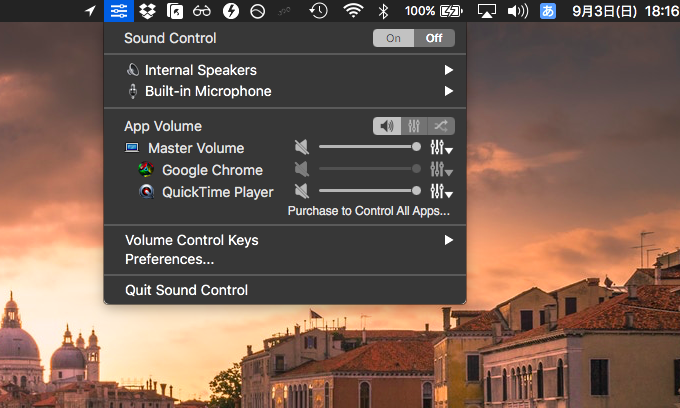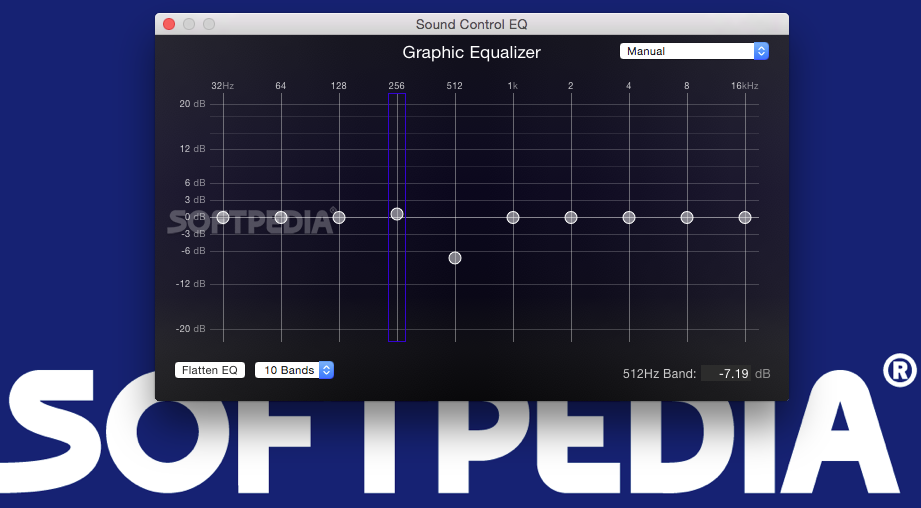

Plus, it’s open source, so if you’re interested, you can fork the repo and customise the app or make improvements to it as well. It’s great that the developer has made this app available for free.

Search through the audio effects until you find one you’d like to use, then drag it to your clip on the Timeline to add it. Adjust the volume using an absolute dB value: Choose Modify > Adjust Volume > Absolute (or press Control-Option-L). Note: If FCP crashes during the capture, the captured-so-far file will be on the scratch disk. Hit the ESC button on the keyboard to stop capture. Click the NOW button to begin capturing video.
SOUND CONTROL ON MAC FCP SOFTWARE
In Final Cut Pro, select one or more clips in the. This is essentially a software proc amp, though probably not as effective as a hardware proc amp.
SOUND CONTROL ON MAC FCP PRO
This technique is simply a quick and easy way to adjust the volume. Final Cut Pro lets you edit multichannel audio using built-in tools like Voice Isolation 5 to enhance speech by reducing background noise and optimizing levels. Scroll down the left panel until you find the audio section, and select All. Adjust the volume in +1 or 1 dB increments: Choose Modify > Adjust Volume, then choose Up or Down, or press Control-Plus Sign (+) or Control-Minus Sign (). You can silence a selected clip or range. So that was how you can control individual app volumes on your M1 Mac and even record internal audio on your Mac. Open the Effects Browser by clicking the icon on the right side. Easily Control Individual App Volumes and Record Internal Audio on M1 Mac

Note: Check out our article on best Terminal commands to get the most out of your Mac.


 0 kommentar(er)
0 kommentar(er)
